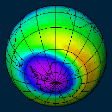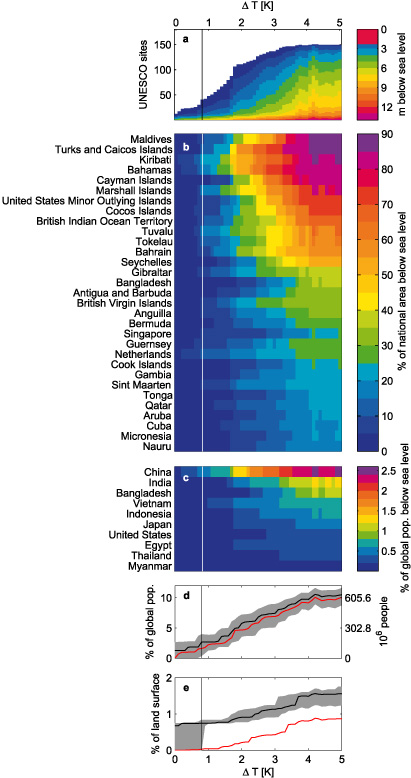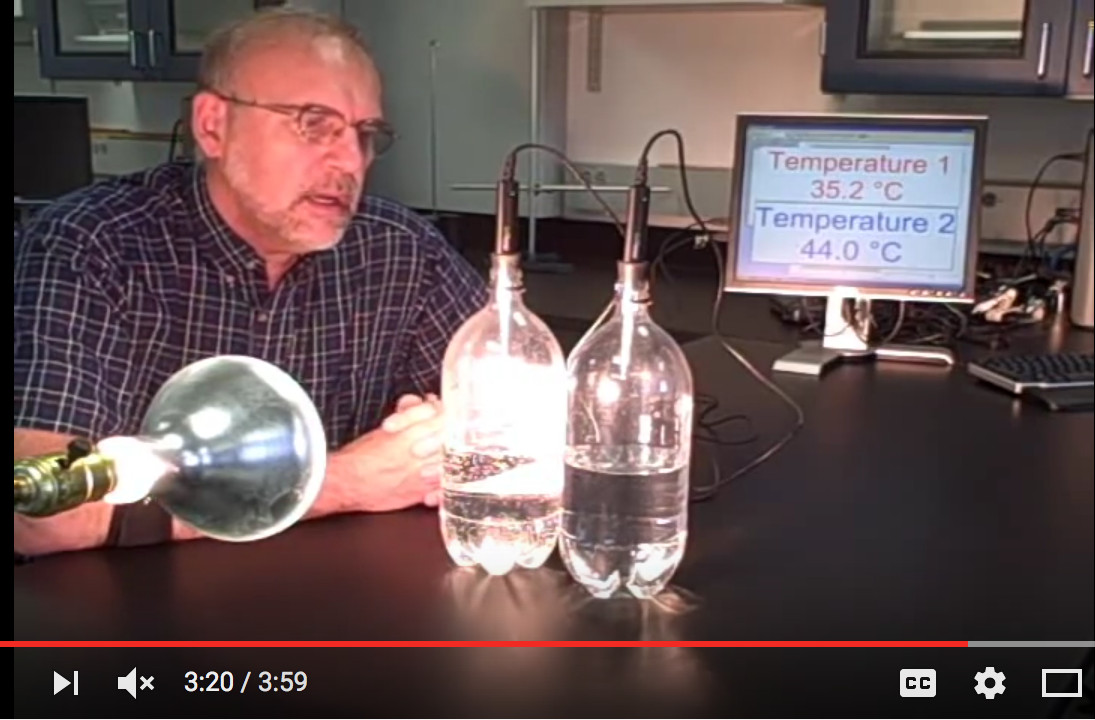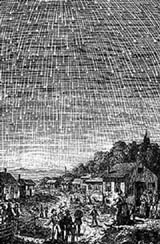 |
 | |||||||||||||||||||||||||
|
||||||||||||||||||||||||||

The ozone hole
The ozone hoe came up as I started to answer a question about global warming. Clearly these are two subjects which get mixed up a lot, so I decided to talk about the ozone hole first. The ozone layer is near the top of the atmosphere, far above the troposphere, where all weather phnomena occur. Ozone absorbs UV radiation from the sun, thereby protecting plants, animals and people. Ozone gets destroyed by certain chemicals, most imortantly CFC's. CFC's are mostly used in refrigerators, airconditioners and spraycans. They were used there because they were very non-reactive and stable. Unfortunately they are so stable that they can survive for decades as they slowly diffuse throughout the atmosphere all the way up to the ozone layer. There they react with the ozone, if the temperatures are very low. This occurs in the winter over the south pole, and to a lesser extent over the north pole. It is no longer legal to produce these CFC's worldwide, and gases in new spraycans, fridges and airconditioners are replaced by others. This means that in a few decades, all the CFC's in the world's atmosphere should be gone and the ozone hole should be a thing of the past. However, there is an emerging illegal trade in CFC's, and this may delay the restoration of the ozone layer by a decade or more.
Some links about this:
|
||||||||||||||||||||||||||

Global warming
I first talked about this in 1998, and have brought it up yearly since then. The world has taken precious little action, and the outlook becomes grimmer every year. Recently (2015) I heard about 2 demos related to the greenhouse effect, and I tried to replicate them.
I have a CO2 bottle, so I started building this setup shown on the right →
So I have to get another camera so I can hack it and remove the IR-blocking filter, and then try again.
The second demo was easier to set up. This is one I had heard on BBC radio, and I found these YouTube videos: WARNING: turns out, the following 2 demos are fake! from Eric Christensen from Dr. Maggie Aderin-Pocock  The demo consists of 2 bottles, one with air, one with CO2, and a big lamp.
There is a thermometer in each. You turn on a big lamp, and after a while the
temperature in the bottle with CO2 has risen substantially more than in the
bottle with air.
The demo consists of 2 bottles, one with air, one with CO2, and a big lamp.
There is a thermometer in each. You turn on a big lamp, and after a while the
temperature in the bottle with CO2 has risen substantially more than in the
bottle with air.
.. By 'fake' I mean that if you duplicate these experiments, you get no difference at all. Why is this? First of all, when you turn on the lamp, what gets warmed up is the plastic of the bottle, and the thermometer, and this in turn warms the air/CO2 inside. Even in the main absorption bands of CO2 the mean free in CO2 is many meters so the amount of energy absorbed by the CO2 is tiny, and would not result in an observable temperature difference. So I'm still looking for a good demo... Some dates and names from the history of climate change studies, mostly from this article:
|
||||||||||||||||||||||||||

Meteorites
Meteorites were the hot topic this week with the much-publicized arrival of the Leonid meteor storm. We talked about how this is dust left behind by the recent passage of come Temple-Tuttle, and that these are just tiny grains, but that they could do damage to sattelites, and to the people aboard Mir. All the details are in the links below:
Links:
|
||||||||||||||||||||||||||
| ||||||||||||||||||||||||||
